Location: Khartithok (Kavresthali) & Thumki (Jitpurfedi)
Dates: 12 February 2019 (Thumki) & 25 February 2019 (Khartithok)
Workshop delivered by Patricia Iacob and Chiara Caminiti (EU Aid Volunteers on gender issues) with the help of Razni Karki (local volunteer) and Luna Khatiwada (Women Empowerment Officer).
Text by Patricia Iacob
Photo credit:Patricia Iacob
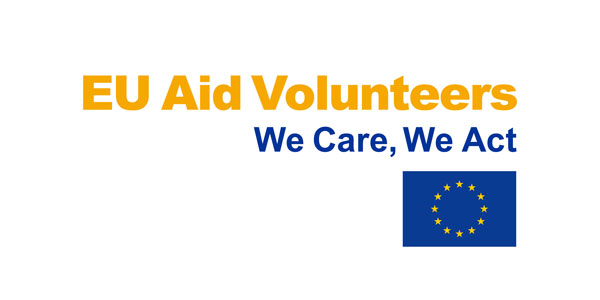
Attempting to instil basic life skills into the minds and consciousnesses of rural women is not an easy task. Lessons could abound and curricula run for months on end but the realities in the field teach you one thing – adaptation to the local needs and real possibilities is key. Women are overburdened by household tasks, crushed under patriarchy with exit nowhere in sight. Or, at least, not anytime soon. Taking this crushing foot off their necks requires time and effort, continuous and conscious effort, to build their identities and give them the tools to lift the head a little bit higher. For this reason, the life-skills series of workshops ends with an empowering session on leadership and teambuilding. Awareness on domestic violence, identity and self-esteem, and communication and public speaking could not have the expected effect if the woman is not aided to find the leader within and rely on her supportive group. Therefore, the very last session aimed at teaching women why it is important to be part of a group and how to improve the capacity of a team. Together we explored the leadership skills they can offer in order to have a more effective input in their family and community.
One cannot but notice the challenging theme of this workshop in the particular context of Nepali rural society. How to talk of leadership to women who live subservient lives? How to approach teamwork when they are left alone with their household duties? It was difficult but also extremely stimulating to open these women’s eyes to the inner strength they harbour and to unveil the leader within, emerging especially during mundane daily chores.
Structure and findings
1. Introduction
The delivery of this workshop coincided with a month in the Nepali Sambar calendar which is auspicious for weddings. The difficulty of ensuring that women would be present for the entire duration of the workshop and not get carried away by the villages’ bustling social life shortened the introduction phase to a short row of presentations. After a reminder of the past three workshops and the necessity of addressing teambuilding and leadership, we delved right into the subject.
2. Presentation of team-building and video
No learning activity starts without first assessing the level of knowledge and understanding of the women present at the lesson. A quick brainstorming resulted in a more or less unified idea of teambuilding, that is, women linked it to the notion of support and help. To them, teambuilding is a factor enabling them to speak “properly”, to stand up for themselves; the group is a strong element, as it allows them to get more things done. Based on individual experience, teambuilding was also connected to the idea of learning – one woman recalled how since she had joined the group, she learned new things, new skills which allowed her to save money that she would use in the future.
Since video is a great medium to ensure that a message comes across in such community environments, we played for the women a short, animated feature titled “Good teamwork and bad teamwork”. Less than three minutes and a good visual guidance to key details – provided competently by our new Women Empowerment Officer, Luna Khatiwada – was enough to have the women smile at the end and report that they had understood what teambuilding really was, thus renewing their hope and trust in their power – “We can really do everything in our group!”.


Therefore, the facilitator (Luna) reminded the women that by working in a team a member does what he/she is best at (increasing efficiency), work is divided and thus completed faster (managing time better), communicates ideas properly (communicating effectively), and creates something new together with the others (stimulating creativity). Suddenly, achieving success does not seem so hard when you have a team to rely on.
3. Work in a team – a practical exercise
Leaning on experiential learning to make women understand what working together with others really means, they were divided in pairs. Each pair was provided with a straw and asked to hold it with their index fingers and together coordinate their movement in order to reach the floor without losing contact with the straw.
Afterwards, the experiment was repeated in the group, that time with a long bar made of all straws connected.
The rows of laughter caused by the clumsiness and the surprise at the difficulty of such an apparently easy task were followed by a sum-up of lessons learned. The facilitator explained that coordination with other is required to achieve goals, that it is important find a common method and share it clearly with others; and finally, that setting and respecting a common pace is essential for creating common strategies and reaching goals.

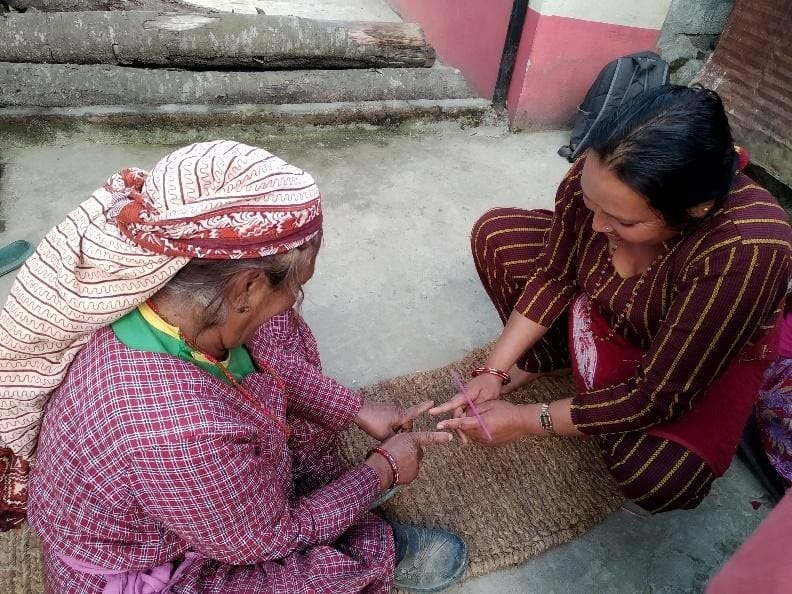
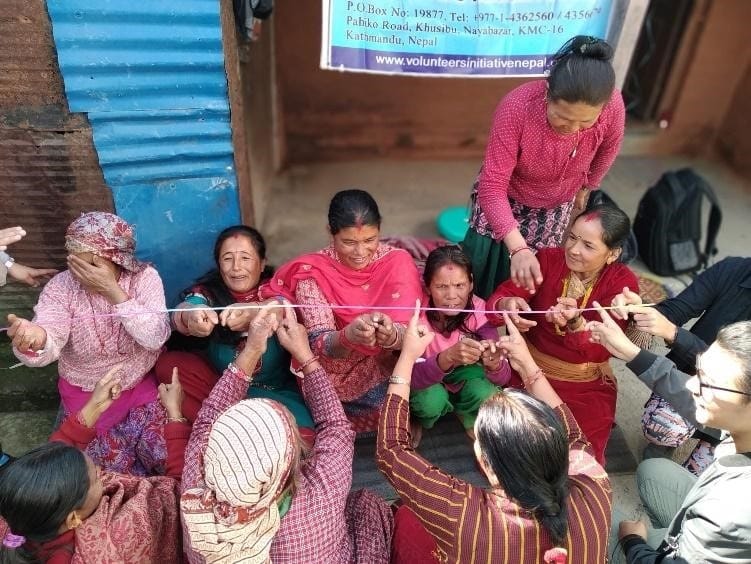
4. The importance of a clear common objective
To make women reflect on the importance of having a clear common objective, we resorted to a practical exercise. Every woman received a sheet of paper with an indication (written in Nepali) to draw one or several geometrical figures on a large common sheet. Since no information was given to them, the final drawing did not have any meaning. Right after, they were told that the indications were to construct the outline of a house but without the objective given, it had been impossible to carry out successfully.
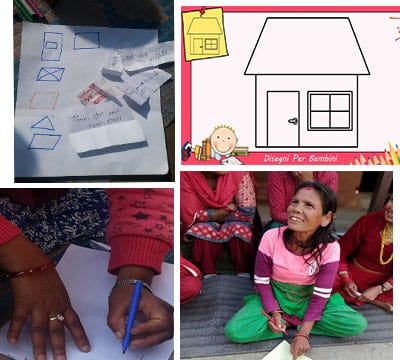

*example of house drawn to show at the end of the activity
The simplicity of the task did not mean that difficulties were not to be faced. Most of them illiterate, women faced difficulties as they were unfamiliar with basic geometrical figures and also unable to read. To ease the running of the exercise, they were provided with a paper on which the circle, rectangle, square and triangle had been drawn. As they took to their task, it was interesting to observe how a leader emerged without previous agreement – one woman took charge of the task and did all the drawings. For the sake of the exercise, the groups were called to redraw, this time with the objective in mind. The goal was achieved without issues or hesitations. Now that working in a team became clearer, it was time to introduce the figure of the leader.
5. What is leadership
Without any theoretical background on the notion of leadership, the women were quick to point out that with a leader, a certain path is determined and others can follow it. To them, a leader is someone who shares ideas, thoughts and knowledge, who runs the house and decides who does what. Their intuition did not fail them, since literature defines leadership as the capacity to motivate a group of people to act toward a common goal: to influence, to guide, and to make changes. As such, he/she provides new opportunities (job, income), promotes harmony, creates growth and development, and increases efficiency and gets things done. Interestingly, in one community the attendees were fast to point to one woman from their group as the example of a leader – the manager of the group, who deals with the group’s savings; although they are displeased with her taking decisions without consulting the team, they are satisfied after all with how she manages their savings. In the end, the leader is the one who understands and manages the situations.
Extending the discussion, a reflection was carried out on the importance of a leader in the family – responses did not wait for long: the leader, always the woman, divides tasks and ensures that there is no discrimination between the children; she is also the only one who supports the children to get an education. Their own reflections made them realise how much of the leader within they show in their daily interactions, even within the limited boundaries of their households. Women understood that they can all be leaders if they use the right opportunities and know how to behave.
6. Women and leadership in Nepal
Using the power of example, women were gathered to watch an instructive video (in Nepali version) anchored in Nepalese realities and role models, which taught them why the world would be a better place had more leaders be women. Asserting the leader within each woman would ensure better livelihoods and better health, better education, equal opportunities, and less conflicts. Insisting on the crucial role a mother plays in her household and its wide-ranging positive influence outside home’s boundaries, it was stressed that taking a lead role in the children’s education is the key to stopping gender inequalities. Mothers support their daughters to get an education and to aim high, as much as they do with the sons, to believe in themselves and to develop a critical attitude.
7. End circle, conclusion and evaluation
To end the workshop in the same note, women were provided with a hank of yarn. They were asked to launch it to any of the other women, at random, while telling to the others what their daily experience of leadership consisted of, what their contribution was, such as “I am present and give advice to my neighbours”; “I take the best decisions for my family”; “I know how to support my children in their choices”, etc. Women were a bit slow to grasp the meaning and even shied away when having to throw the yarn. However, they expressed their contentment with the class and the playful method; some forgot what they had learned, others asserted themselves as leaders in their daily activities, while most renewed their confidence in the group they belonged to.
Once the yarn unwound, a colourful net was created which the women were led to see as a reminder but also a reflection of the web of relations which describes our daily lives. Slowly folding back the yarn, all women smiled at each other and left to their chores content with being part of a group, a big source of support helping them get through the days.

Observations and conclusions
If usually difficulties are related to the outdoor location which undermines the smooth running of the activities, this last session was marred by several failed attempts at having women attend it. Due to numerous wedding celebrations all over the village communities, women were uninterested in classes and failed to communicate their unattendance. This led to facilitators working their long way up winding, broken, and dusty roads, several times, only to return due to high absenteeism. This reflects the need for the insights of life-skills classes – such as effective communication, respect for the other, team work, etc. – to be repeated, time and again, with the occasion of the following activities which will focus on instilling more practical, income-generating skills.
For women who seek to be successful and respected entrepreneurs, these workshops have sought to build a strong foundation, ultimately meant at building strong individuals, aware of themselves and their potential, proud and assertive, capable of running their own lives despite the limited confines bestowed on them by the traditionally patriarchal society they inhabit. For what is an empowered woman if not an autonomous member of the society, a leader of her own life, supporting and supported by the groups she belongs to, small and large.

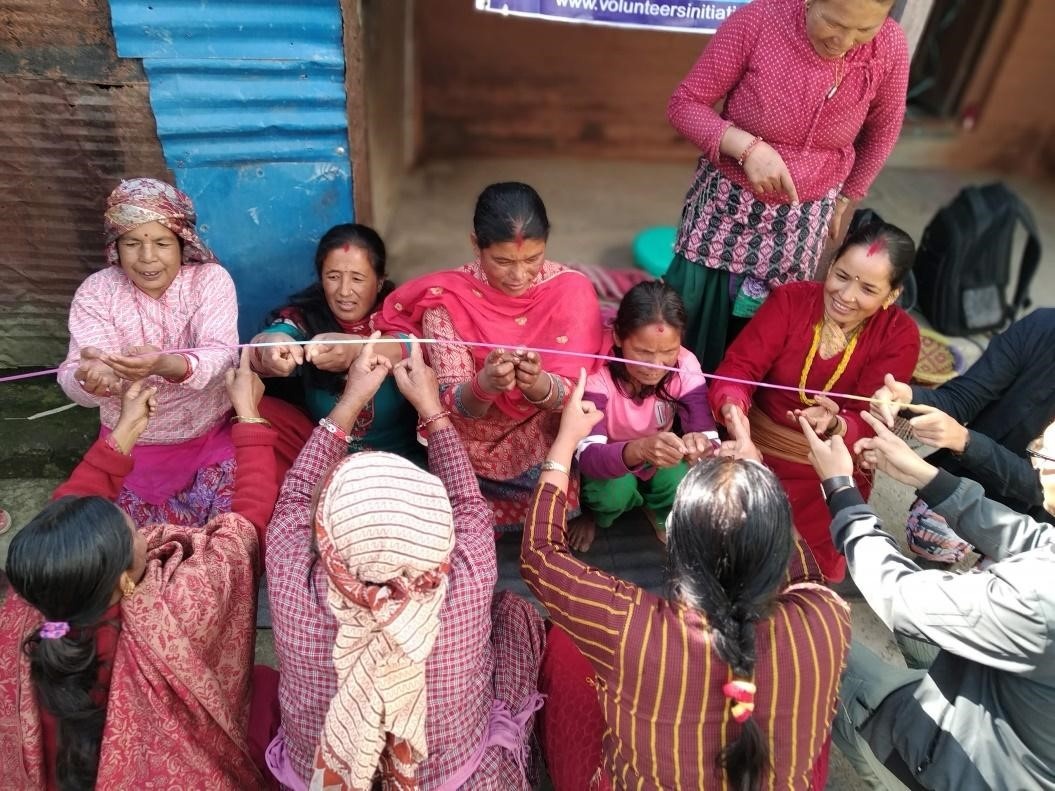
 Member of
Member of